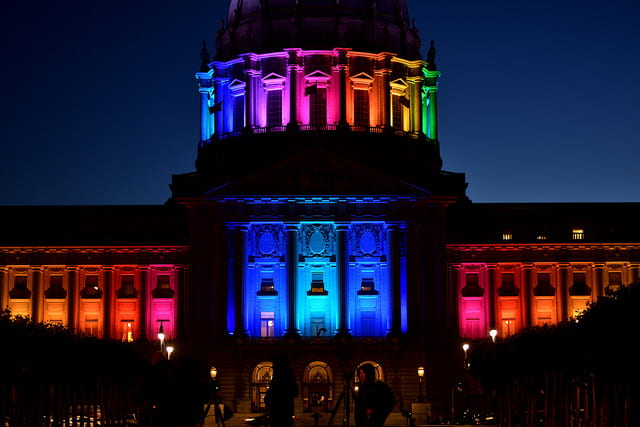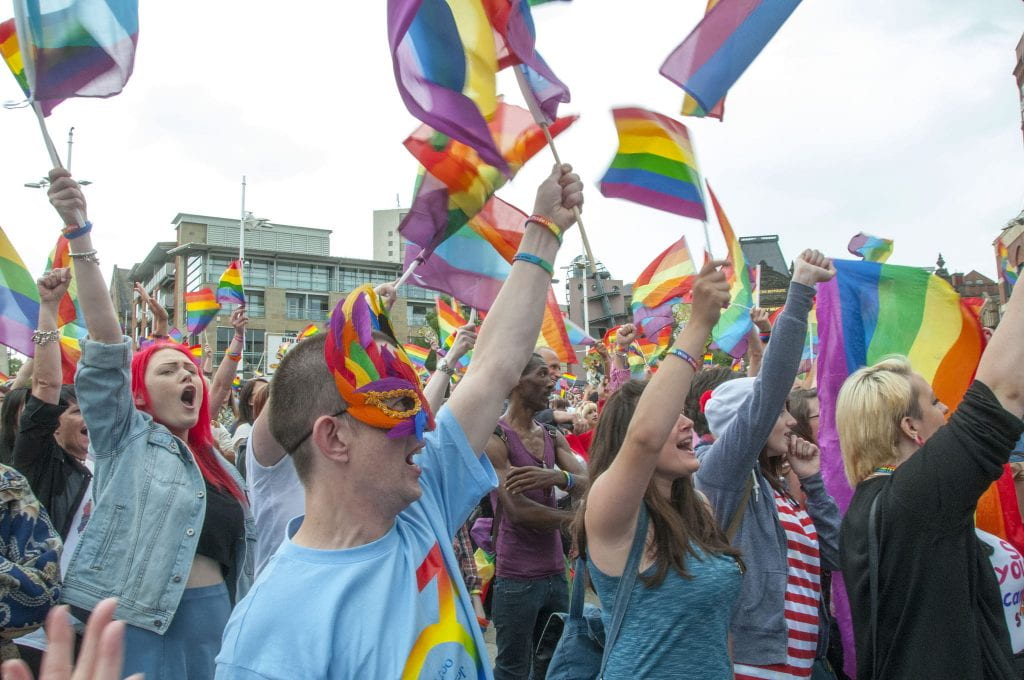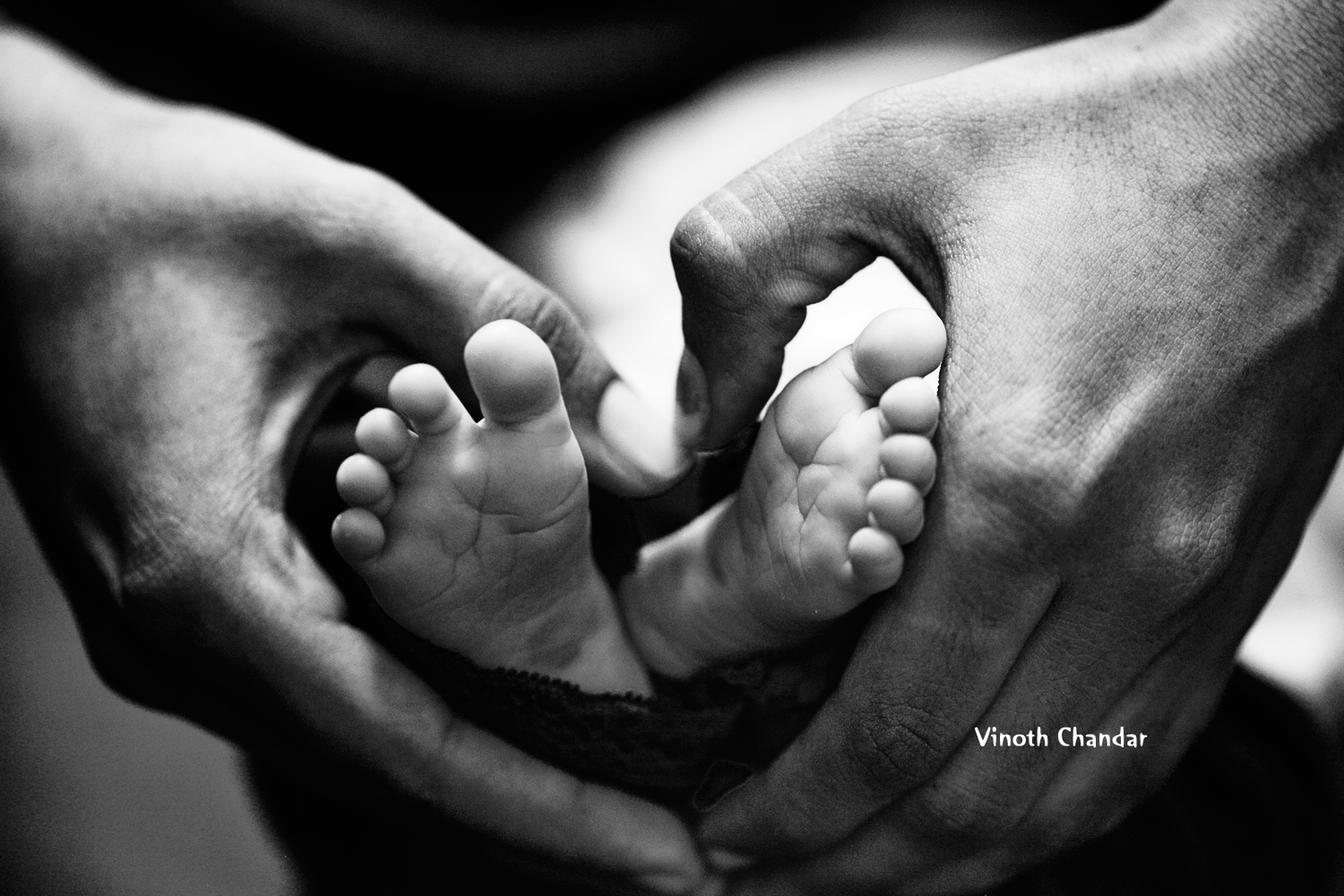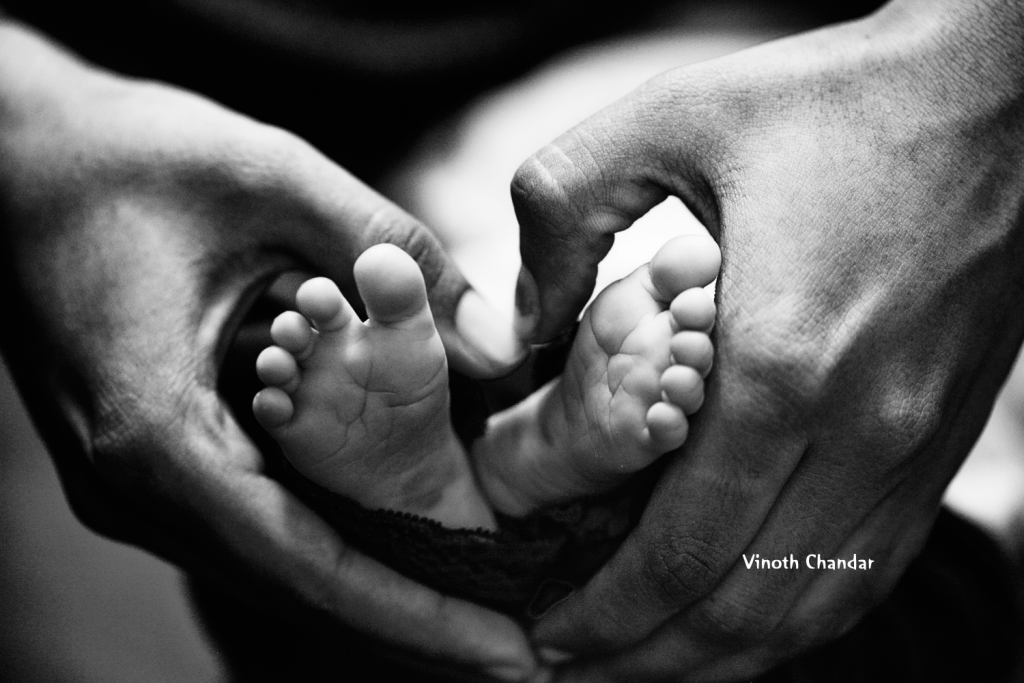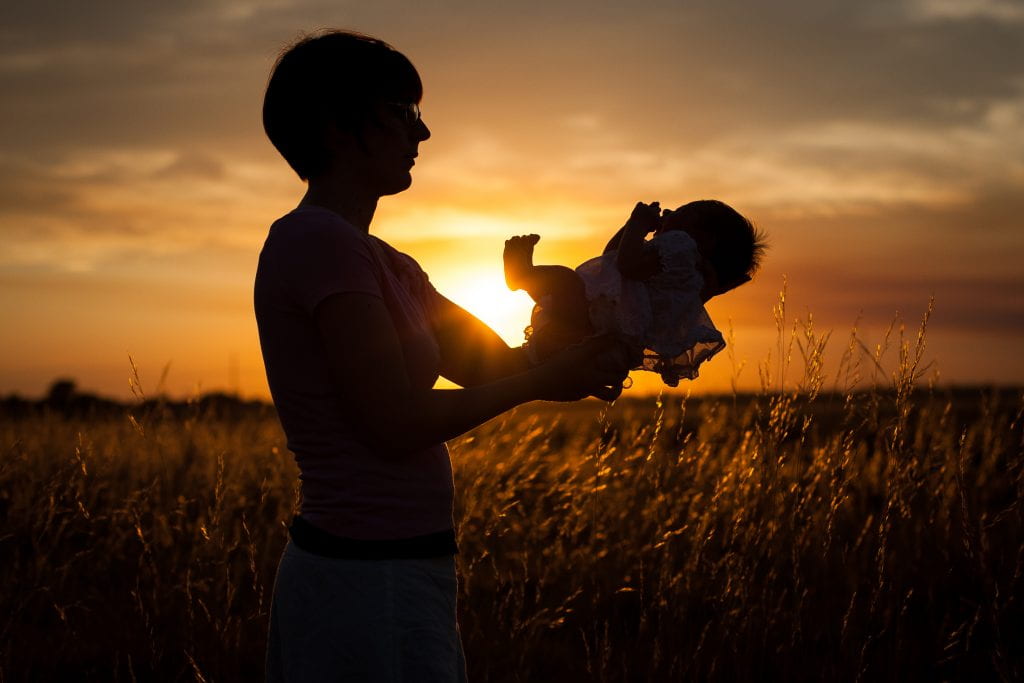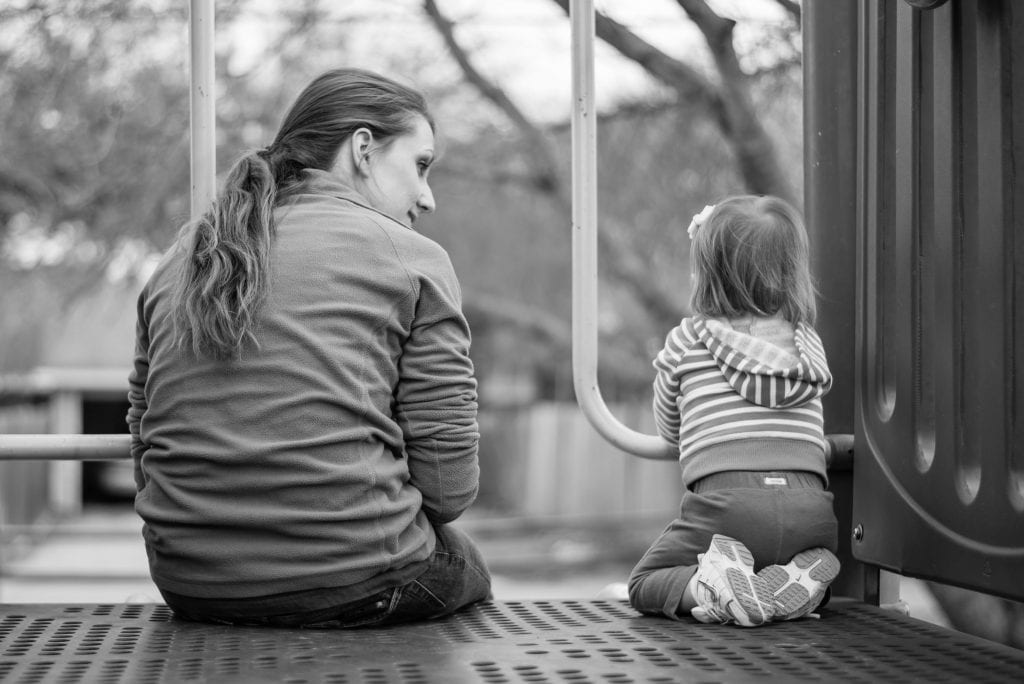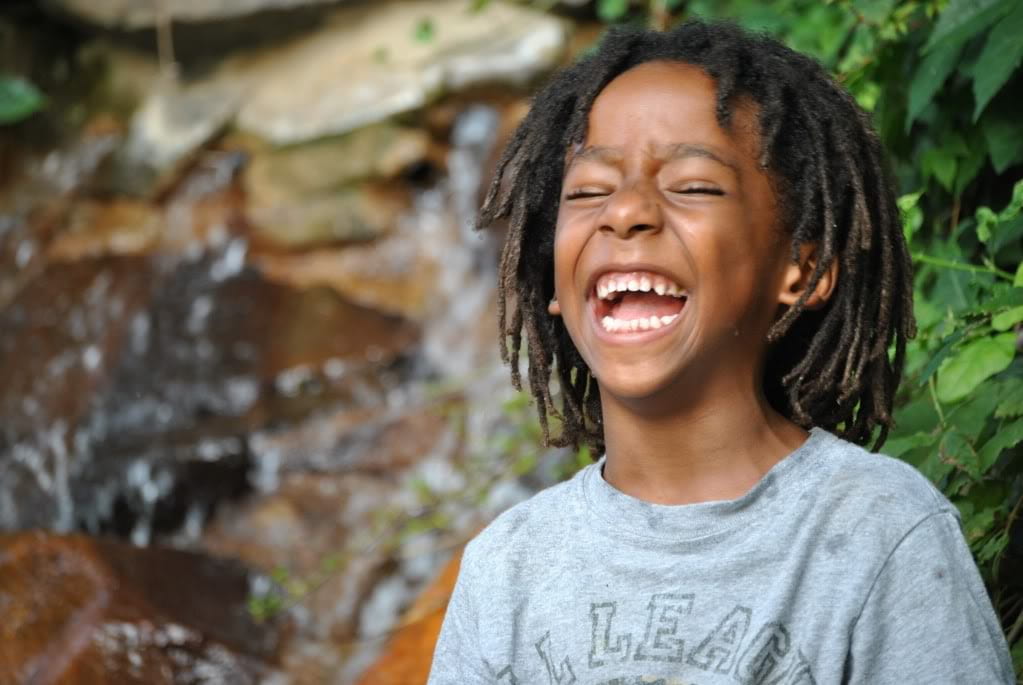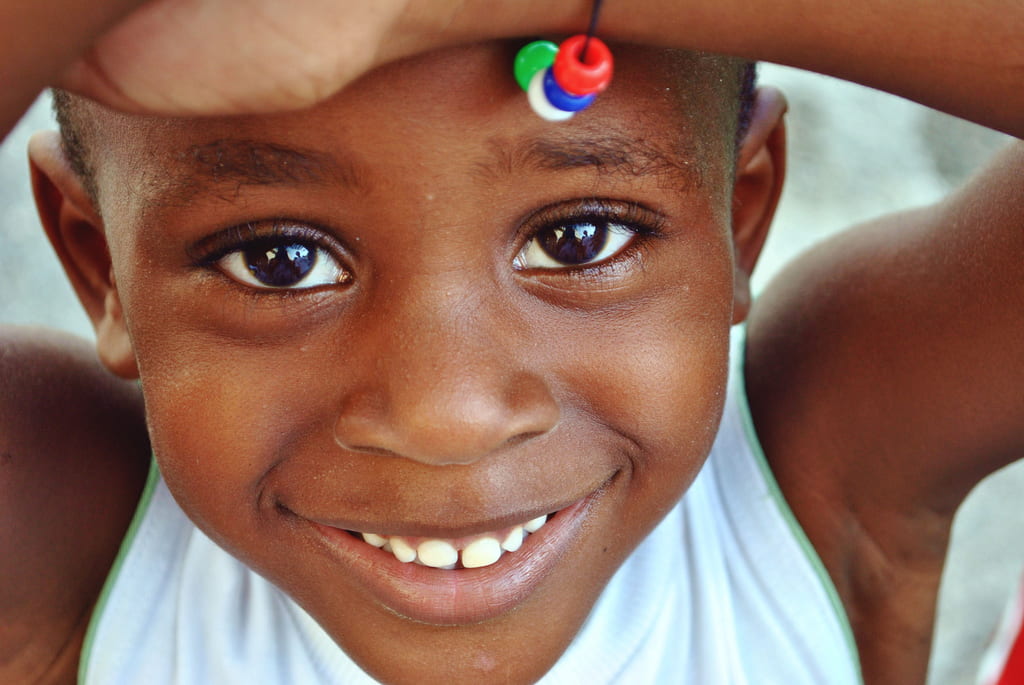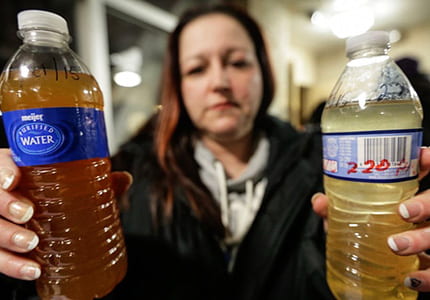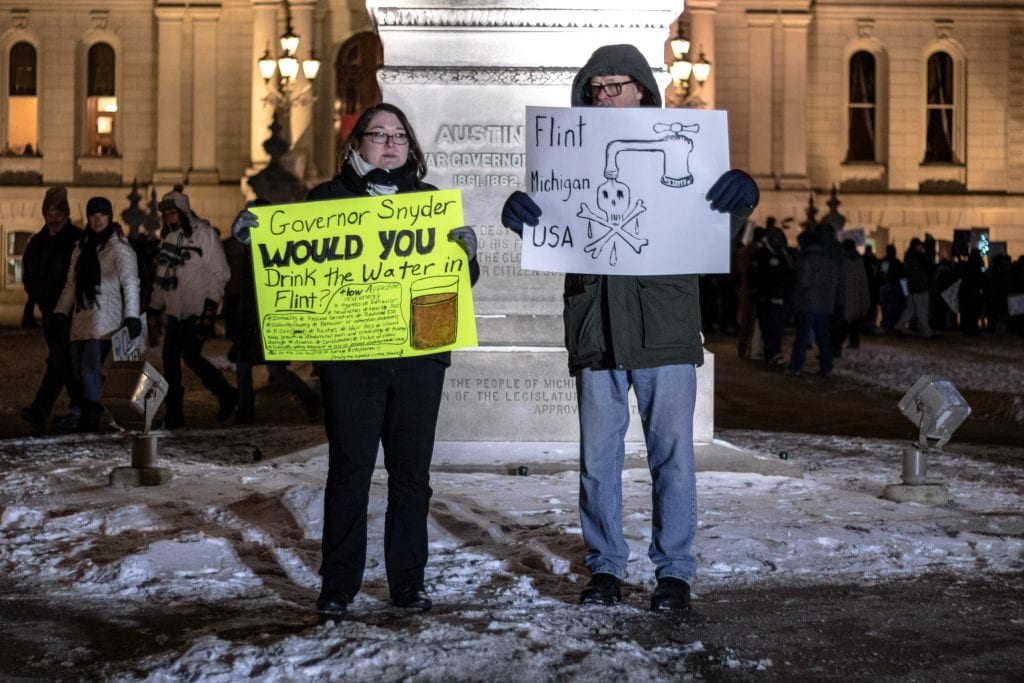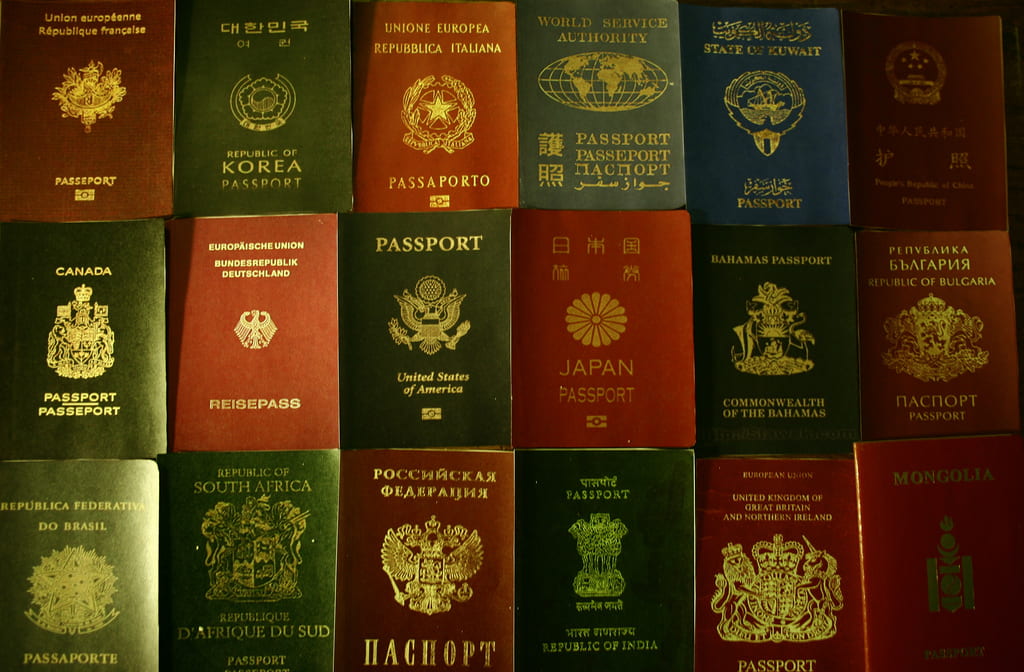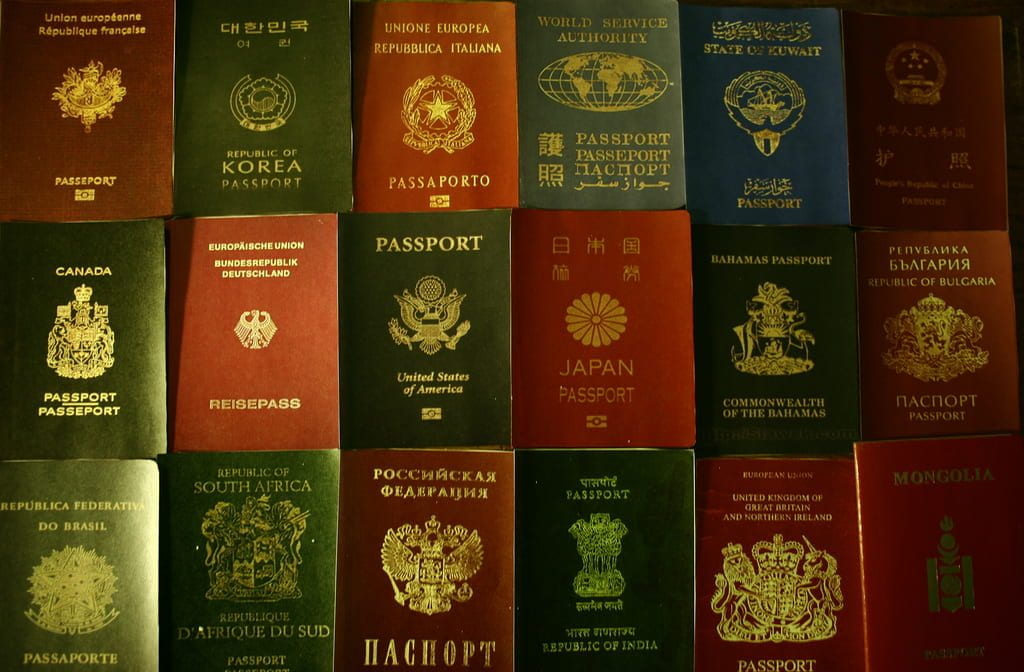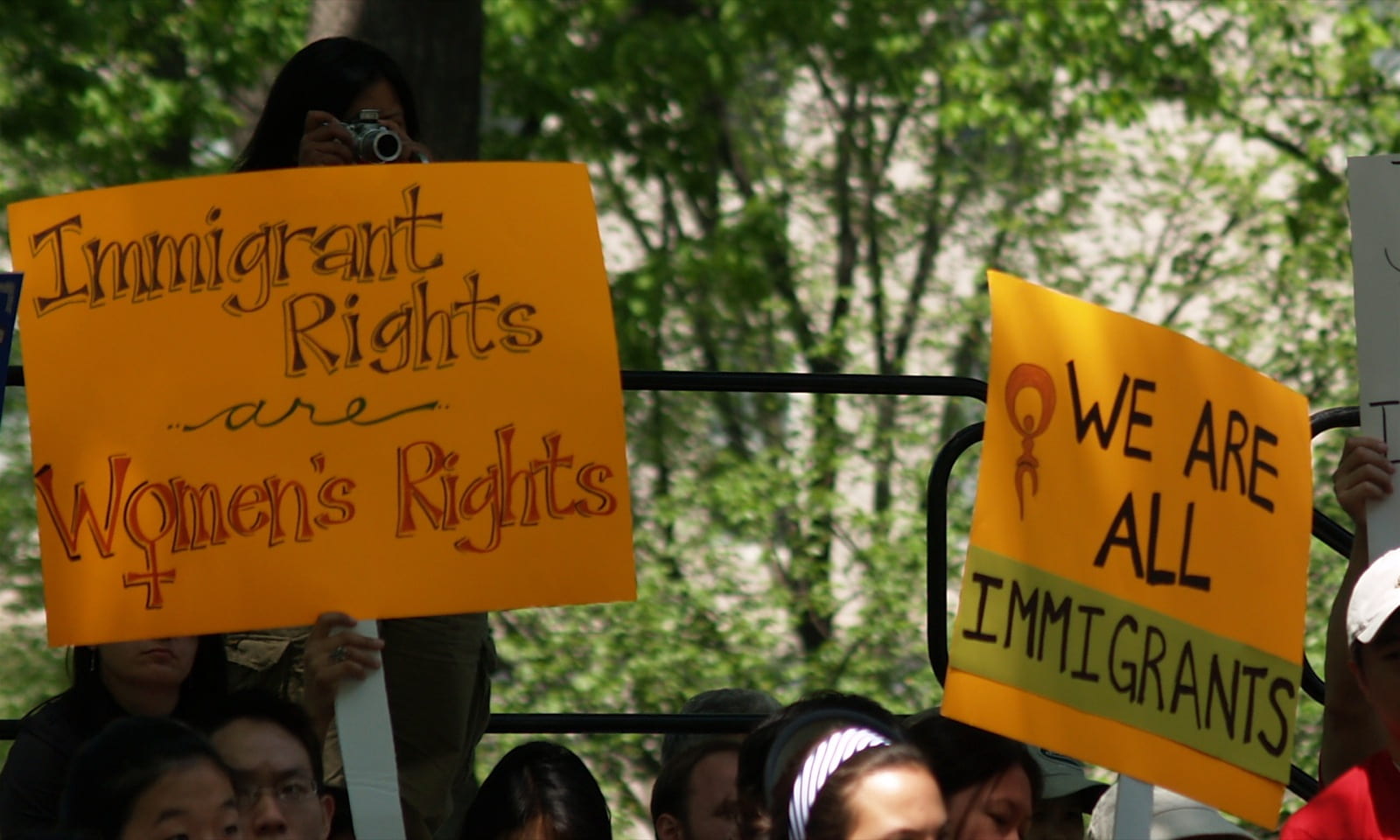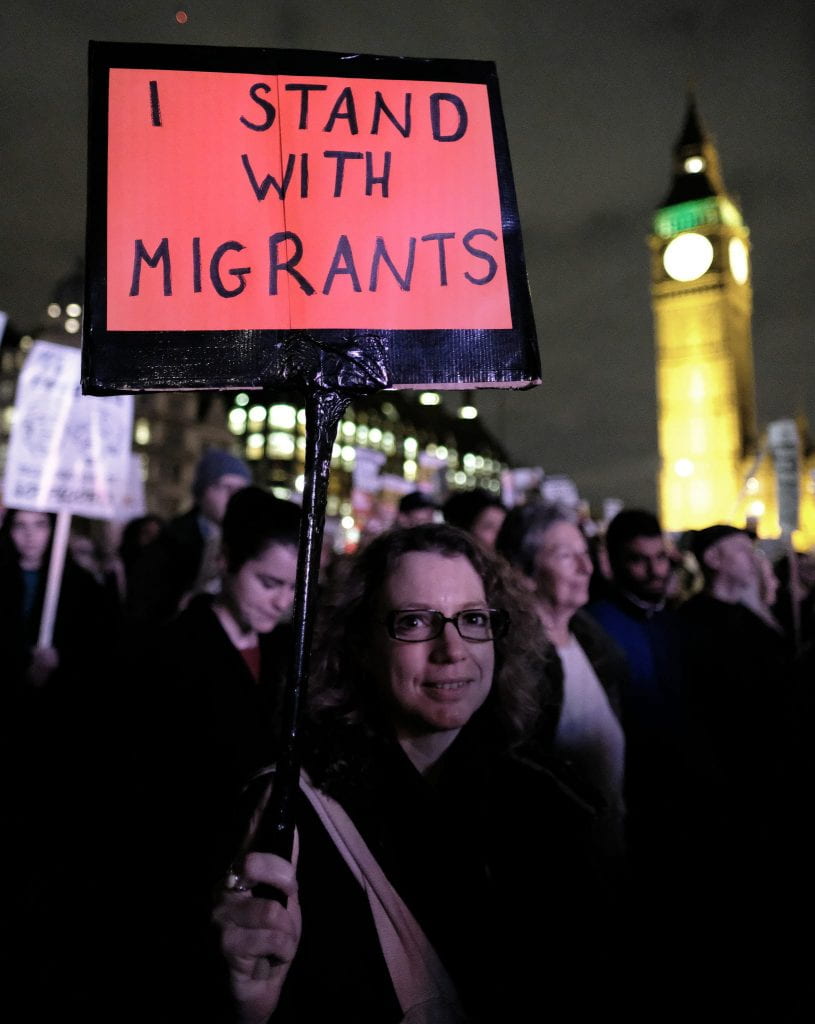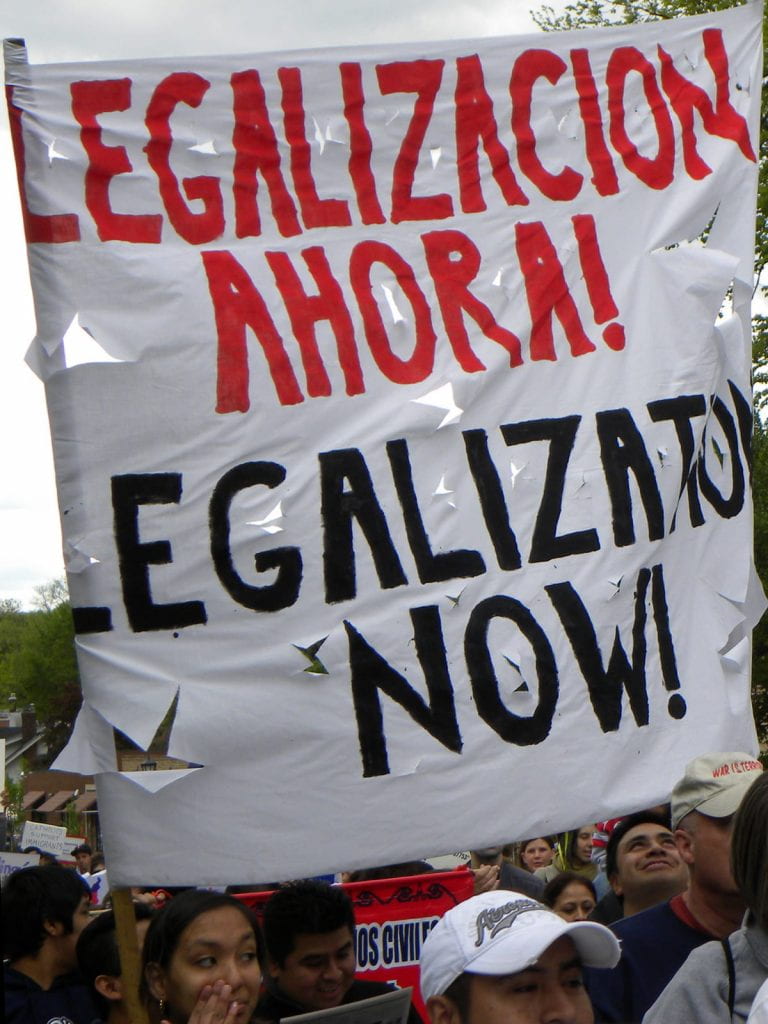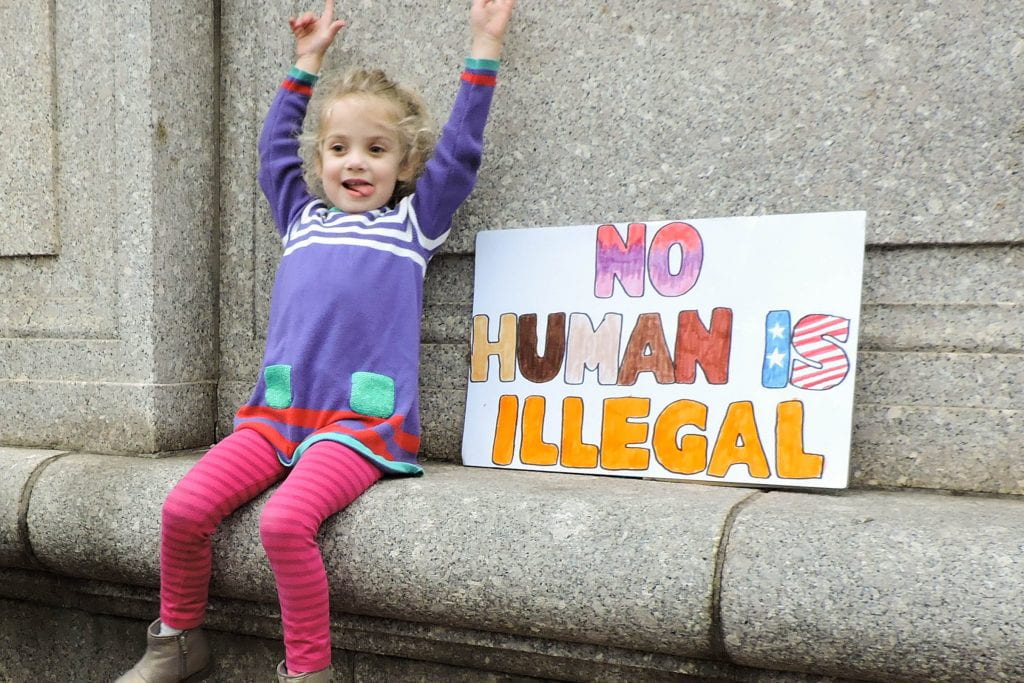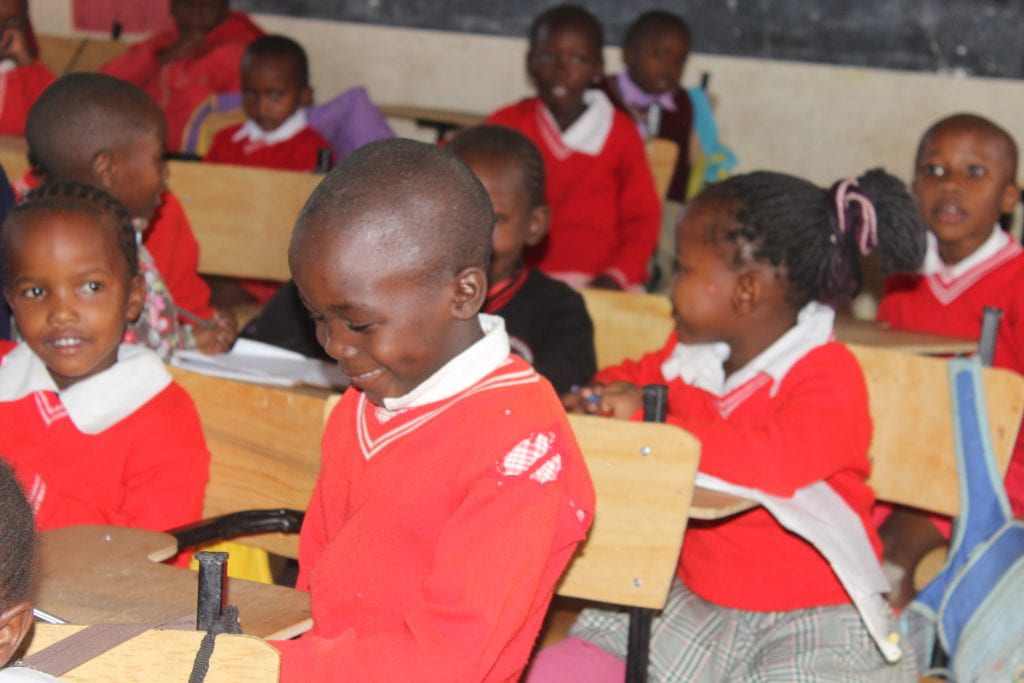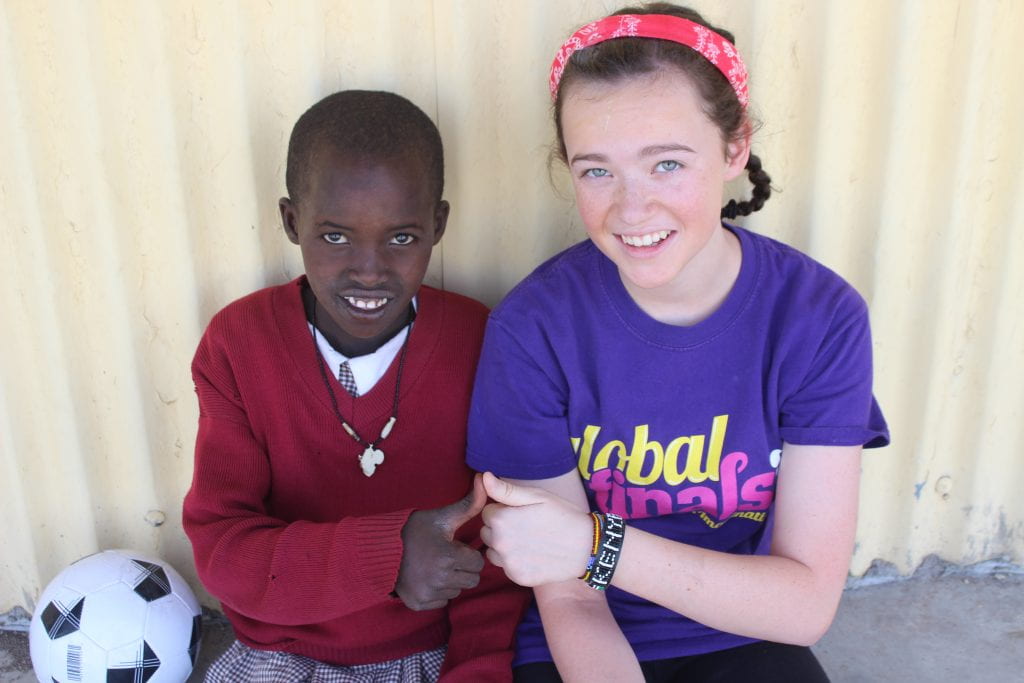
According to the Centers for Disease Control and Prevention, one in three women and one in six men have experienced sexual violence . The term sexual assault refers to “any type of sexual activity or contact that happens without your consent.” Though, the most obvious examples of sexual assault are physical, such as rape and unwanted touching, it can also be found in verbal and visual forms, such as sexual harassment or exposing oneself.
Sexual assault is a particularly significant concern on colleges campuses. It is experienced by one in five college women, and the majority of survivors are women between the ages of eighteen and twenty-four. For men between 18 and 24 years old, being a student increases the likelihood that they will be assaulted by 78% in comparison to those of the same age who are not students. Due to the breadth of its impact, sexual assault on college campuses is an issue that urgently needs to be addressed.
Intersectionality and Sexual Assault
When discussing this problem, it is important that we recognize that not all groups experience sexual assault at the same rates. The people who are most at risk are those from minority communities that typically have less social and political power than majority communities.
This is an intersectional issue. Women of color, for example, experience sexual assault at higher rates than white women. According to the Rape, Abuse, and Incest National Network, Native American women are twice as likely to experience sexual assault when compared to people of all other races. People with disabilities are twice as likely to experience sexual assault in comparison with people who do not have a disability. Members of the LGBTQ+ community are also at a greater risk. According to the 2015 U.S. Transgender Survey, 47% of transgender individuals are sexually assaulted at some point in their lives .
Title IX
Title IX is part of the Education Amendments of 1972 and prohibits discrimination based on sex in federally funded schools. Colleges must have systems in place to deal with sexual assault, since it can have a serious impact on an individual’s educational experience. They should investigate every reported incident and make any necessary accommodations to make sure that the education of assault survivors is negatively impacted as little as is possible.
Secretary of Education Betsy DeVos has proposed some changes for exactly how colleges are to handle reports of sexual assault, but, at the moment, students still have the rights set forth by Title IX and the Clery Act, which include the Campus Sexual Assault Victim’s Bill of Rights. Under the Clery Act , survivors have “the right to receive written explanation of their rights and options,” and colleges must have “a policy on campus disciplinary proceedings” for sexual assault. In these proceedings, both the survivor and the accused have the rights to equal opportunity to have each other present as witnesses, the accompaniment of an advisor of their choosing, and “simultaneous written notification” of any updates.
If you have experienced sexual assault on a college campus, you can report it to your school, get to know your Title IX coordinator and school’s policies, and file a police report.
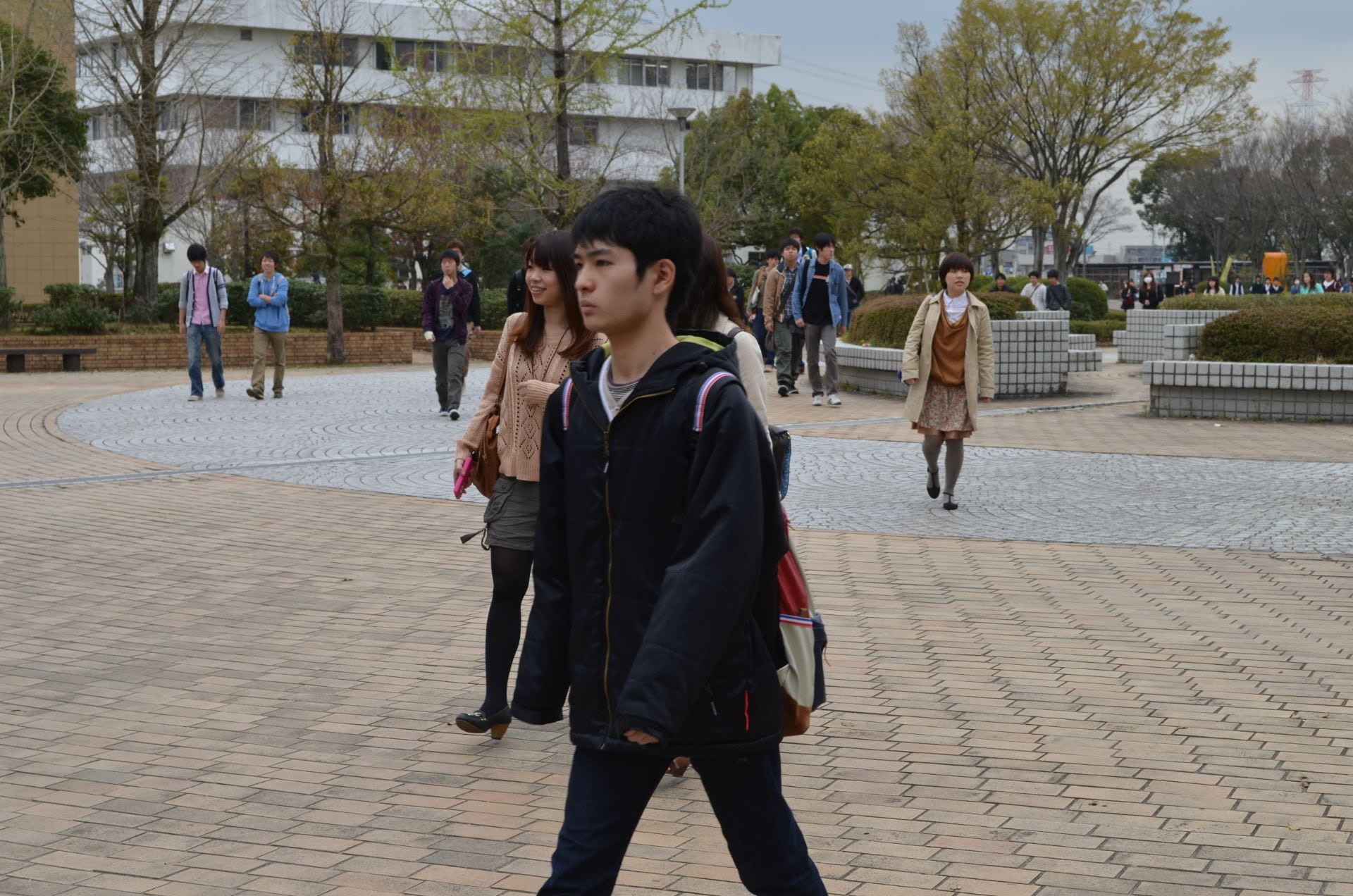
Rape Culture
Exacerbating the problem of sexual assault on college campuses is the prevalence of rape culture. Rape culture consists of the behaviors, language, and beliefs through which sexual violence is “normalized and excused.” This can range from victim blaming, to the use of phrases like “boys will be boys,” to sexual assault itself. This is especially impactful on the relationship between women/girls and sexual assault. Rape culture leads to people asking female sexual assault survivors questions about what they were wearing and whether or not they were drinking, as if those factors are the reasons why people are attacked. As girls grow up, they are taught what steps to take to help them stay safe. The responsibility to prevent rape and assault is primarily placed on the people at risk of experiencing these things rather than being focused on teaching people not to be perpetrators. Rape culture is a huge part of why many survivors do not report their assault . Among survivors on college campuses, more than 90% do not report.
Rape culture is also perpetuated by phenomena such as toxic masculinity, which emphasizes the gender expectation for men to be aggressive and dominant. Many people use this traditional view of what it means to be a man to minimize the significance of sexual assault to simply “men being men.” This idea, as well as rape culture as a whole, frames sexual assault as something that is inevitable or a normal part of life rather than a serious problem that needs to be stopped. This also leads to the assumption that men are always the perpetrators and survivors are always women, which is completely untrue. Men and non-binary individuals can be assault survivors. Women and non-binary individuals can be assaulters. People can be assaulted by someone of the same or a different gender. Sexual assault does not always fit the stereotypes we have been taught.
Safety Precautions
If you are one of the many people who worries about their safety and about assault on a regular basis, here are some things you can do that will hopefully help you feel a bit more comfortable. If you are not someone who feels the need to think about these kinds of things, this may be an opportunity to broaden your perspective and learn more about the things many of us have do to in order to feel even slightly safe.
- Try to avoid walking out alone at night.
- If you have to walk alone at night, consider calling someone and staying on the phone until you reach your destination.
- Do your best to walk in and park your car in well-lit areas.
- Carry pepper spray with you.
- If you are out at night, try to make sure that someone knows where you are going to be and at what times.
- Check the back seat of your car before getting in.
- Make sure you have a reliable form of transportation if you are out at night.
- Avoid jogging alone at night.
- Always be aware of your surroundings, especially if you are alone.
- Consider taking some classes in self-defense.
- If you get a drink at a party or bar, watch them make the drink and do not leave it alone.
- Consider downloading an app like Noonlight, which can make it easier to contact emergency services if you feel unsafe or if you are unsure if you should call 911.
Sexual Assault Is A Human Rights Issue
It is vital that throughout the conversation about sexual assault we recognize it is a human rights issue. It is an issue of equality for people of all genders, sexualities, races, and abilities. Article 26 of the Universal Declaration of Human Rights (UDHR) states, “higher education shall be equally accessible to all on the basis of merit,” but many college classes do not end until it is already dark outside. Safety concerns prevent some people from taking these classes, while other people are able to take any of the available classes they want. According to Article 27 of the UDHR, “…everyone has the right to freely participate in the cultural life of the community,” but many cultural events, such as concerts and educational events, happen at night. If someone fears going out that late and/or has no safe mode of transportation, how can they enjoy this right? How can they use their right to freedom of expression if they are afraid (Article 19)? How can someone live in an environment that supports their mental health and wellbeing if they are afraid (Article 25)? How can they enjoy the equality that all people share if they are afraid?
Resources for Sexual Assault Survivors
- “How to Cope with the Current News Cycle as a Sexual Abuse Survivor”
- National Sexual Assault Hotline
- National Street Harassment Hotline
- National Sexual Violence Resource Center
- 1 in 6 (For male survivors.)
- The Trevor Project (For LGBTQ+ survivors.)
- National Coalition of Anti-Violence Programs (For LGBTQ+ survivors.)
- Know Your IX
- Title IX Contact Information (For UAB students.)
